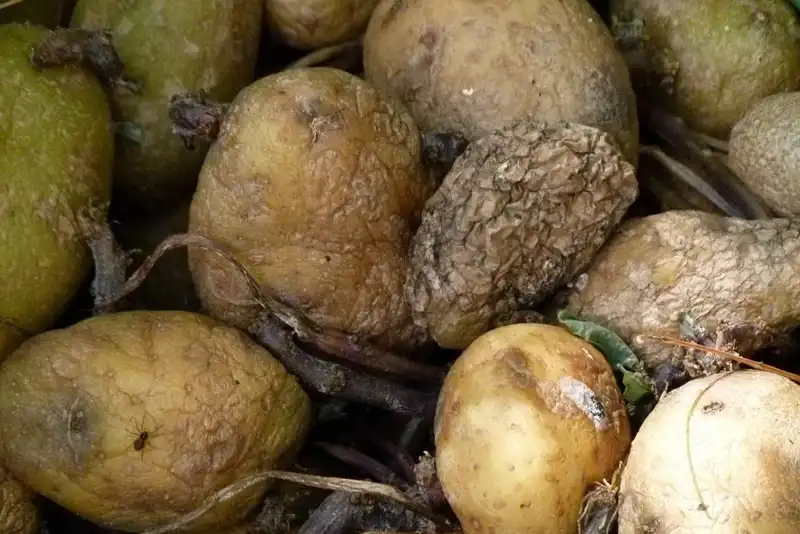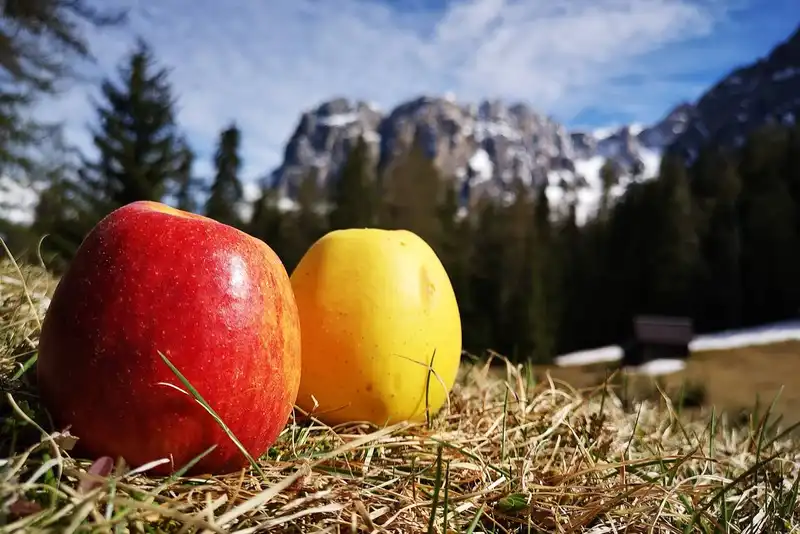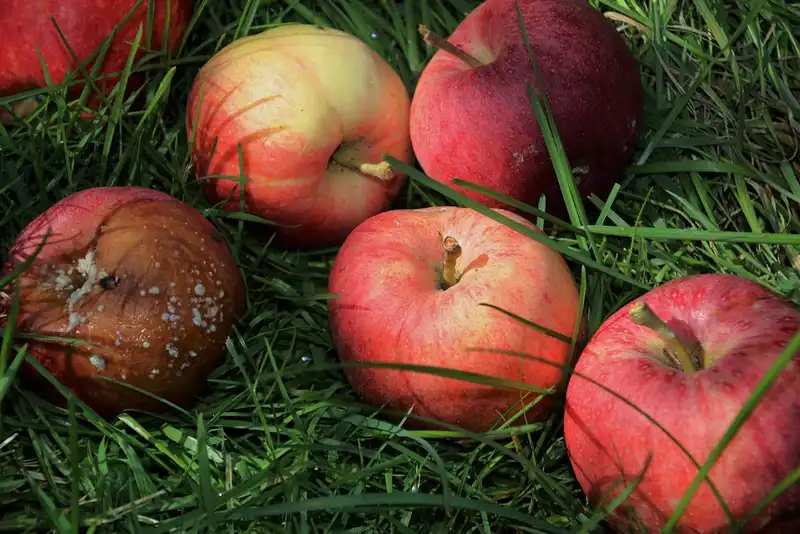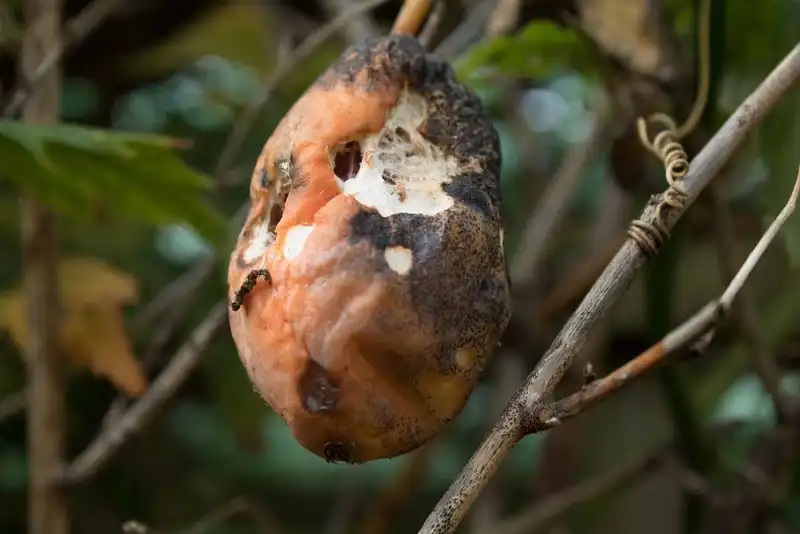What is Food Loss and Why Does It Matter?

Food Loss and Food Waste

First, let's differentiate between the terms of 'food loss' and 'food waste'.
In everyday language, these terms can be used interchangeably but for our purposes and for those who look at the issue of food production from an academic and professional standpoint, these terms are different.
Food loss' refers to the reduction in the food supply that occurs when food is produced, harvested, and processed. Broadly, the term harvested' is meant to include when fish are caught and when cattle and other meat-producing animals are slaughtered.
Food waste' refers to the food that is lost due to the selling and consuming of food. This refers to distribution, wholesale, and retail sales, when the food is on the table being consumed, and what happens to leftovers after we eat.
Difference and Similarities Between Food Loss and Food Waste
Food loss and food waste are similar in that they are both referring to the reduction in edible food for consumption by people.
The difference between food loss' and food waste' is at what point in the process food losses are incurred. Essentially, food loss' happens during food production while food waste' happens during consumption.
Since food loss' comes first it is worthwhile to inquire when food loss' measurements are taken into account. For different kinds of foods these are when-
- Crops become ripe
- Animals are ready for slaughter=
- Milk has been taken from the udder
- Fish have been caught
Food Loss and Food Waste Among Countries
If we divide the world into two groups an interesting pattern emerges with regards to food loss and food waste.
The first group is composed of high-income countries (Europe, North America, and Industrialised Asia). The second group is the low-income group (Africa, South Asia, Southeast Asia, and Latin America).
Divided in this way, the level of food loss or losses due to production tends to be higher for low-income countries while the level of food waste or consumption wastes tends to be higher for high-income countries. We will take a look at why this is so later in the article.
How Much Food Is Lost, Really?

The world produces a total of 4 billion tonnes of food a year. Out of that, 1.3 billion tonnes of food is lost due to food loss and food waste. That amounts to one-third of global food production.
All values are from the FAO Statistical Yearbook. The FAO is the Food and Agricultural Organization of the United Nations.
If we divide the global numbers according to food types here are the numbers-
Global Food Loss and Waste-
| Food Group | % |
| Cereals | 28% |
| Food and Tubers | 46% |
| Oilseeds and Pulses | 23% |
| Fruit and Vegetables | 49% |
| Meat | 22% |
| Fish and Seafood | 35% |
| Average | 34% |
Another interesting question here is at which part of the process is most of the food lost? Is it during production (food loss) or consumption (food waste)?
Food Loss vs Food Waste-
| Food Group | Food Loss | Food Waste |
| Cereals | 16% | 12% |
| Food and Tubers | 40% | 6% |
| Oilseeds and Pulses | 21% | 2% |
| Fruit and Vegetables | 41% | 8% |
| Meat | 16% | 6% |
| Fish and Seafood | 28% | 7% |
| Average | 27% | 7% |
But how does the data above look if we group countries according to wealth?
Here we will be looking at high-income nations namely- Europe, North America and Oceania, and Industrialized Asia.
On the other side will be the low-income nations- Sub-Saharan Africa, North Africa, West, and Central Asia, South and Southeast Asia, and Latin America.
First, let's take a look at how Food Loss and Food Waste look between the two groups-
Food Loss and Food Waste-
| Food Group | High Income Countries | Low Income Countries |
| Cereals | 34% | 24% |
| Food and Tubers | 53% | 40% |
| Oilseeds and Pulses | 19% | 26% |
| Fruit and Vegetables | 44% | 53% |
| Meat | 21% | 22% |
| Fish and Seafood | 39% | 32% |
| Average | 35% | 33% |
Now let's focus on production. Who loses more food during the food production process?
Food Loss-
| Food Group | High Income Countries | Low Income Countries |
| Cereals | 13% | 19% |
| Food and Tubers | 42% | 38% |
| Oilseeds and Pulses | 16% | 24% |
| Fruit and Vegetables | 31% | 49% |
| Meat | 13% | 19% |
| Fish and Seafood | 26% | 30% |
| Average | 24% | 30% |
Low-Income countries lose more during the production process because of-
- Early harvest of crops making them unsuitable for consumption
- Poor storage infrastructure
- Insufficient processing and preservation facilities
- Food production based on supply contracts may produce more food than necessary
- Trimming of food during processing
Food Waste-
| Food Group | High Income Countries | Low Income Countries |
| Cereals | 21% | 5% |
| Food and Tubers | 11% | 2% |
| Oilseeds and Pulses | 3% | 2% |
| Fruit and Vegetables | 14% | 4% |
| Meat | 8% | 4% |
| Fish and Seafood | 14% | 2% |
| Average | 12% | 3% |
- Food standards prevent edible yet sub-standard food from being sold
- The sheer quantity of food available results in food expiration before the sale
- Higher incomes mean people are more readily able to waste food
- Unsanitary conditions when food is being sold
The Effect of Food Loss and Food Waste

Food production, just like any other kind of production, has a negative impact on the environment, for example, in the production of greenhouse gases.
The real tragedy of food production is that 800 million people among the total global population of 7.9 billion are undernourished. This is happening while we lose a third of the food we produce.
The Food Loss and Waste Hierarchy
In order to have a positive impact on food loss numbers, a food loss and waste hierarchy has been defined by the European Commission. The hierarchy identifies activities that we can adopt in order to conserve or reuse our food assets. The most beneficial activities are at the top of the hierarchy while the bottom part defines traditional food waste.
- Prevention - direct reduction of potential food loss by reducing ingredients. Also includes redistributing edible food to other people or using them as animal feed.
- Recycling - Using waste food as fertilizer.
- Recovery - Incinerating waste food in a way that used the process as energy.
- Disposal - Lease preferred, this involves simply throwing waste food away.
Key Takeaways
- 'Food loss' refers to the reduction in the food supply that occurs when food is produced, harvested, and processed.
- 'Food waste' refers to the food that is lost due to the selling and consuming of food.
- The level of food loss or losses due to production tends to be higher for low-income countries while the level of food waste or consumption wastes tends to be higher for high-income countries.
- One-third of global food production is lost.
- Food losses happen most often during the food production process.
- Out of a population of 7.9 billion, 800 million people are malnourished.
- Following a food loss and waste hierarchy helps ease food loss. The hierarchy is composed of prevention, recycling, recovery, and disposal.